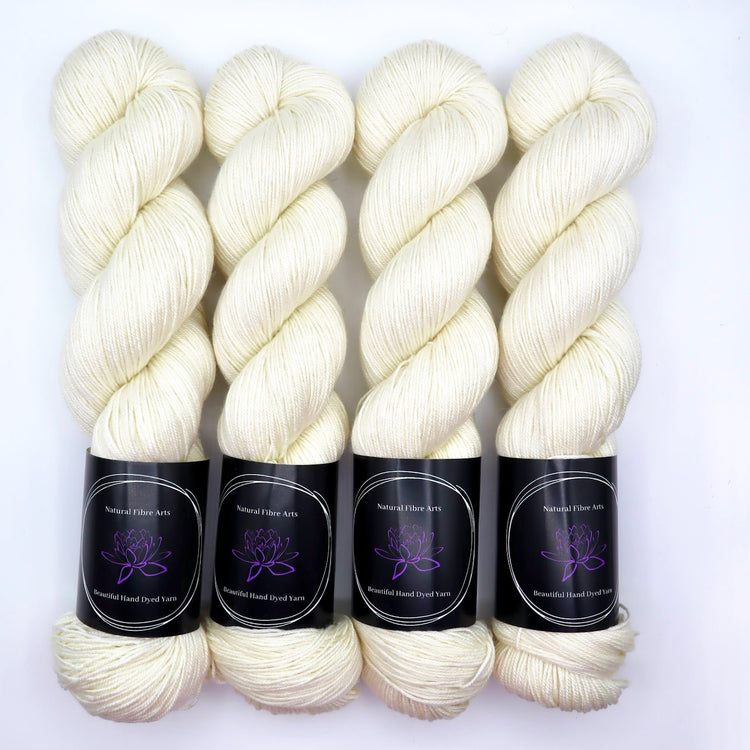Reasons You Must Need Cashmere a Natural Fiber for Convenience and Beauty in Everyday Use
In the realm of textiles, few fibers rival the deluxe and convenience of cashmere. This one-of-a-kind material, known for its superior gentleness and insulation, provides unmatched comfort and elegance for daily wear. What establishes it apart from other fibers? Exactly how does it affect the environment and exactly how does it compare to synthetic alternatives? Moreover, exactly how can one best use cashmere to elevate their style? These appealing questions lay the structure for an enlightening exploration right into the world of cashmere.
Comprehending the Elegant Nature of Cashmere

Evaluating the Comfort Factor of Cashmere Apparel
Cashmere's unique fiber framework allows for breathability, managing temperature level and stopping getting too hot. Cashmere's hypoallergenic residential or commercial properties also add to its comfort, making it a suitable selection for sensitive skin. In significance, the convenience of cashmere is acquired from its gentleness, breathability, resilience, hypoallergenic nature, and adaptability.

The Environmental Impact and Sustainability of Cashmere
While the convenience and sophistication of cashmere are certainly enticing, it's similarly essential to consider its relationship with the environment. Cashmere manufacturing, primarily in Mongolia and China, description entails increasing cashmere goats, which can substantially strain vulnerable meadow environments because of overgrazing. This can result in desertification, a pushing environmental issue. Moreover, the processing of cashmere, including cleaning and dyeing, can additionally add to water air pollution if not properly taken care of. Nevertheless, efforts are being made to establish sustainable cashmere manufacturing methods, such as rotational grazing and cleaner handling strategies. While cashmere has environmental impacts, its sustainability largely depends on manufacturing techniques.
Contrasting Cashmere to Artificial Fibers: A Cost-Benefit Evaluation
Despite its ecological challenges, cashmere provides an one-of-a-kind collection of advantages over artificial fibers. Cashmere's all-natural fibers offer unrivaled gentleness and heat, see this translating right what is cashmere into comfort that synthetic fibers have a hard time to match. Unlike artificial fibers, cashmere doesn't add to microplastic contamination, making it a more sustainable selection.
Designing Tips With Cashmere for Everyday Beauty
Having actually considered the cost-benefit evaluation of cashmere compared to artificial fibers, it comes to be clear why this lavish product is a popular choice for several. When styling cashmere for daily elegance, simplicity is essential. Ultimately, the inherent beauty of cashmere makes it a flexible enhancement to any closet, effortlessly enhancing everyday outfits with a touch of high-end.

Verdict
In addition, cashmere's sustainability and reduced ecological impact compared to artificial fibers better improve its appeal. Spending in cashmere garments is a beneficial decision for comfort, design, and sustainability.
